Some of the oldest cities in the world are located in the Middle East and today are inaccessible due to terrorist activities , while the oldest cities in Europe opened their doors to tourists.
Chalkis, Greece

It is believed that the first inhabitants settled in this city 1,300 BC. Ancient Greek poet Homer wrote Halkida Iliad, around 762 BC, which means that the city is at least 2,800 years old. The historical records state that the inhabitants of Halkida founded the Ionian colony from Athens before the Trojan War, in the period between the 12th and 13th centuries BC. It is the main village on the island of Euboea, located in the Strait of Europis, the channel that separates the island from the mainland of Greece. Halkida was of great importance during Roman times, and today nothing is left from the old town. Today Halkida represents one of the most popular tourist destinations in Greece.
Larnaca, Cyprus
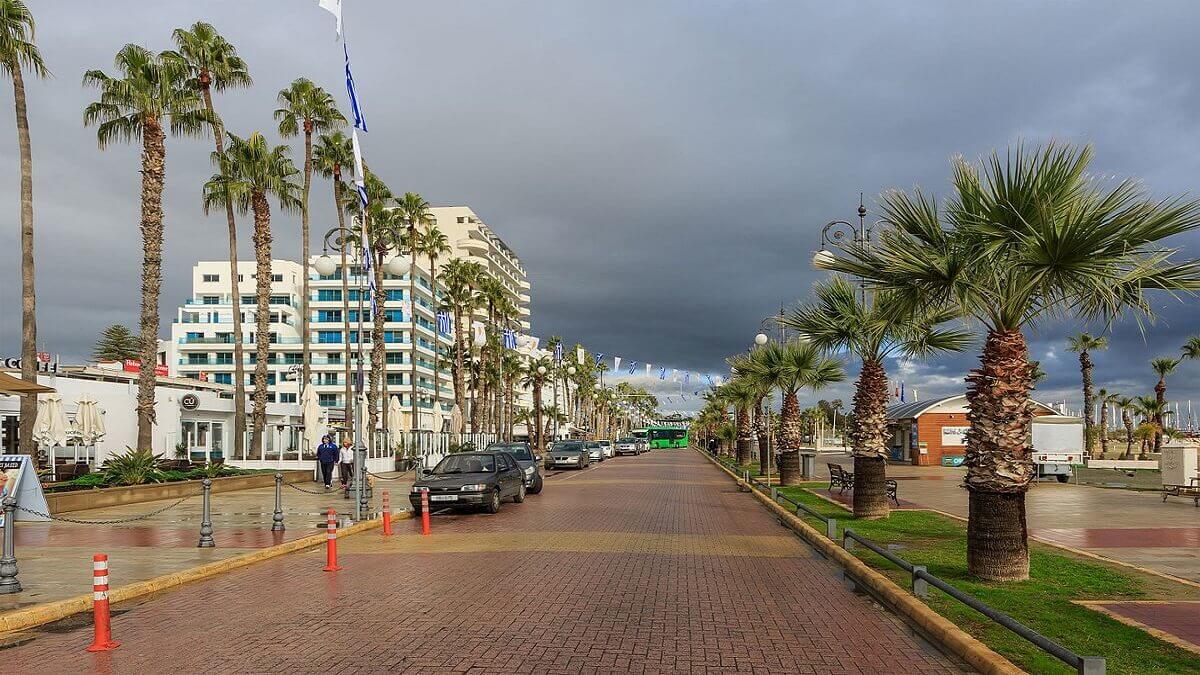
The first inhabitants settled here in 1,300 BC. Today Larnaca lies on the ruins of ancient city of Kitiumu, which was colonized by the Greeks, Achaeans and Phoenicians. They came from today’s Lebanon, which then belonged to the Persian Empire. Larnaca enjoys favorable strategic position in the east of the Mediterranean, and has always been a major port which was known as the hometown of Kitiuma Zeno, the founder of Stoicism. City Church of St. Lazarus was built as the second Lazarus tomb. Larnaca is now a well-known resort with numerous tourist attractions, such as the mosque Hala Sultan Tekke and the salt lake which attracts flocks of pink flamingos.
Kutaisi, Georgia
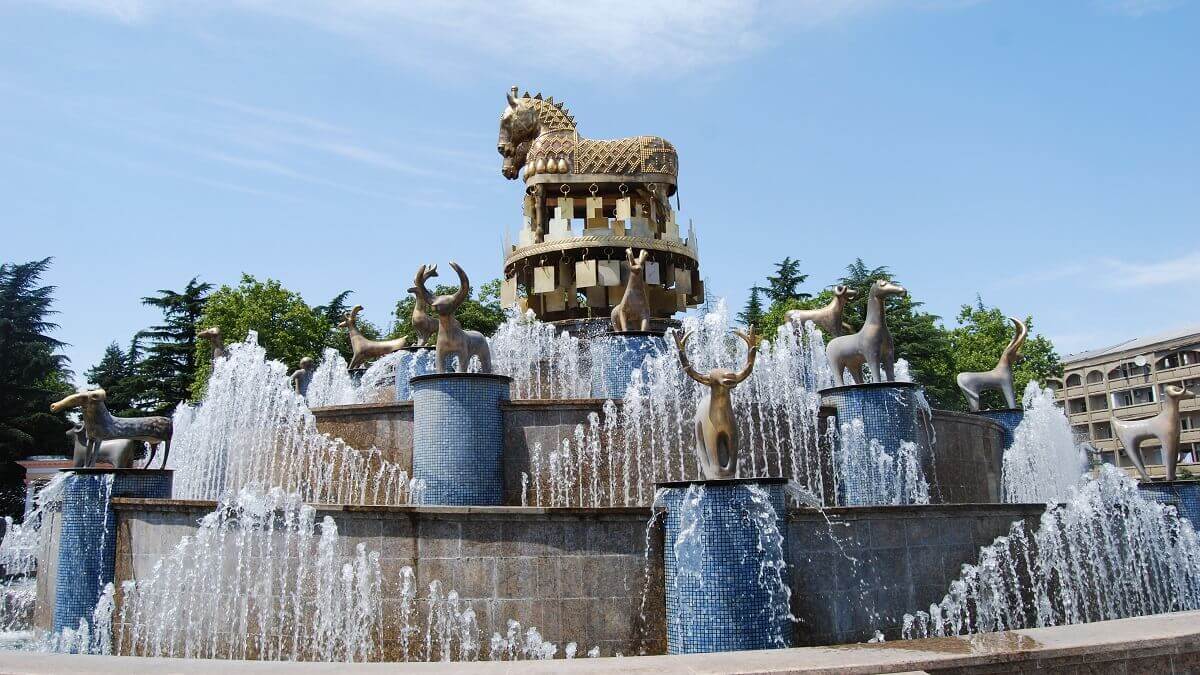
The first inhabitants settled in this city in the second millennium BC. Kutaisi is located in western Georgia, and was once the capital of the kingdom of Colchis, which extended to the region in the eastern Caucasus. The city was a center of many conflicts between the Georgian kings and Russian and Ottoman rulers. When Georgia became part of the Soviet Union, it became an important industrial center. In addition to significant state museums in the city there is a museum of martial arts. Bagrati Cathedral from the 11th century was renovated in 2012 against the will of UNESCO, although at that time it was enlisted as endangered world heritage, because representatives of UNESCO believed that a new project would “undermine the integrity and authenticity of these sites.”
Thebes, Greece
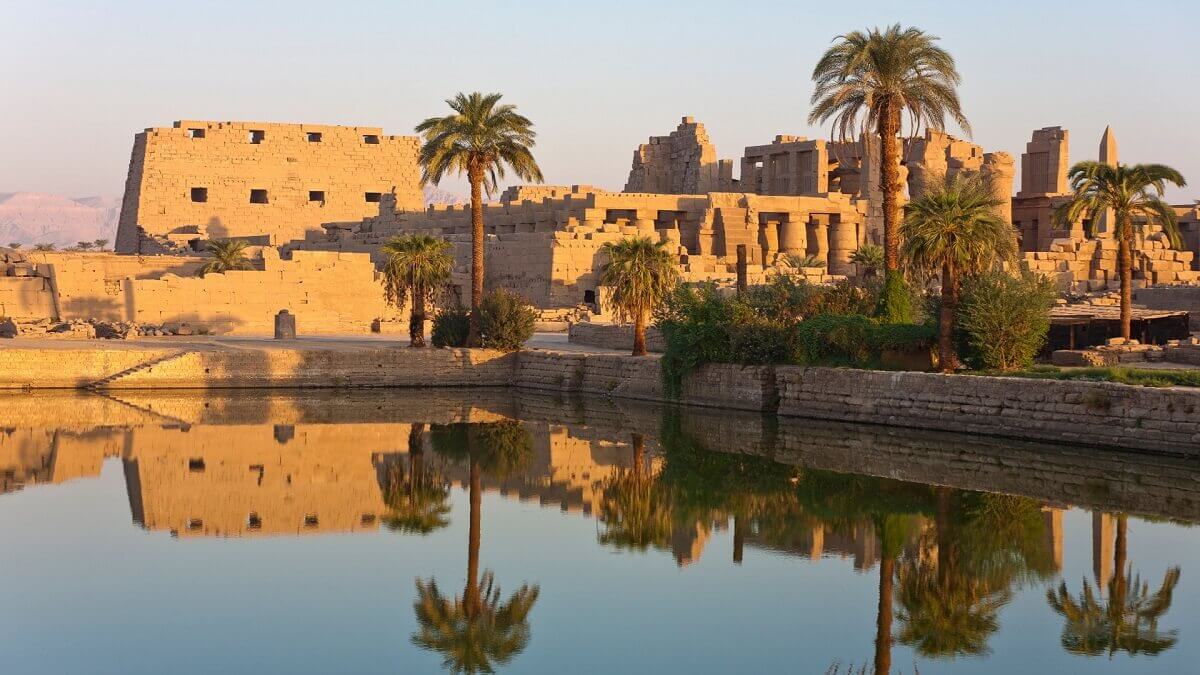
The first inhabitants settled in this city in 3,000 BC. Today you can see the remains of buildings built of mud bricks, on the stone base, which show that Thebes was inhabited about 5,000 years ago. The city is located in central Greece and it holds an important place in Greek mythology as it is referred to as the birthplace of Hercules and the Sphinx. Today Thebes is an important trading center and the tourists come mainly to see the ruins.
Trikala, Greece
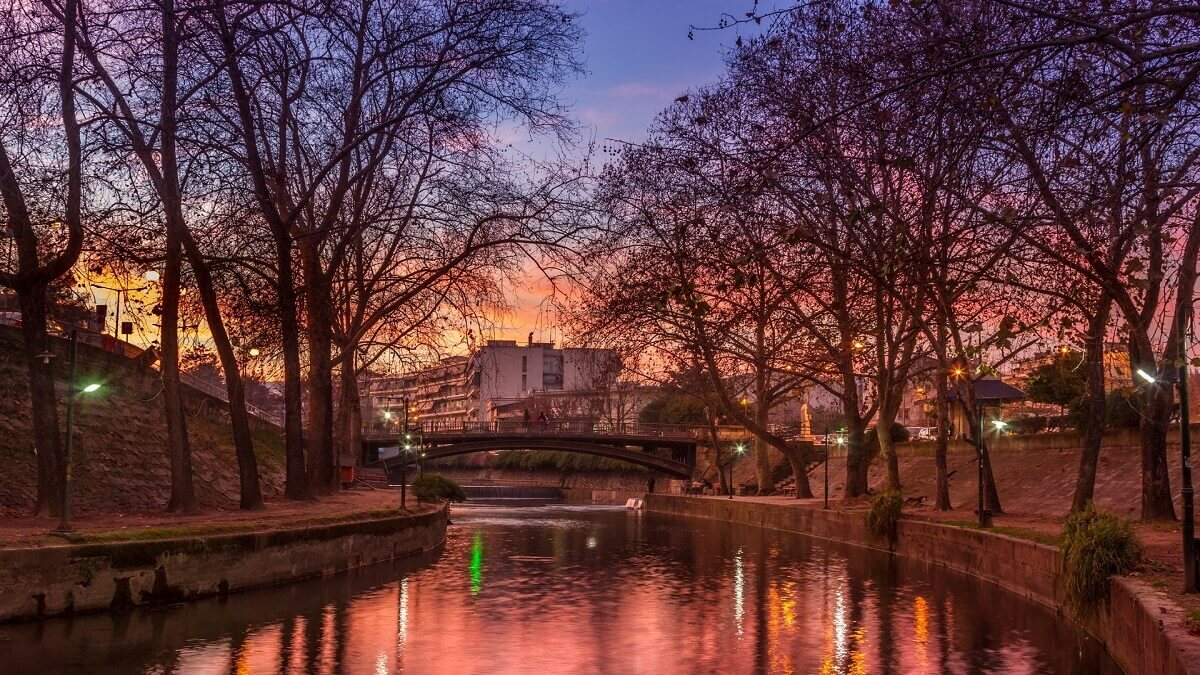
The first inhabitants settled in this city in 3,000 BC. The ancient city of Trika is named after the nymph Trike, daughter of Peneios. The geographic position of the river in the central part of the Greece mainland meant prosperity, although the city fell to the Achaemenid Persians in 480 BC and later became the property of Rome. Asklepion was one of the largest hospitals in the ancient world as we can see from the unique ancient ruins, while Kursum mosque from the 17th century represents something more of a modern tourist attraction.
Patra, Greece
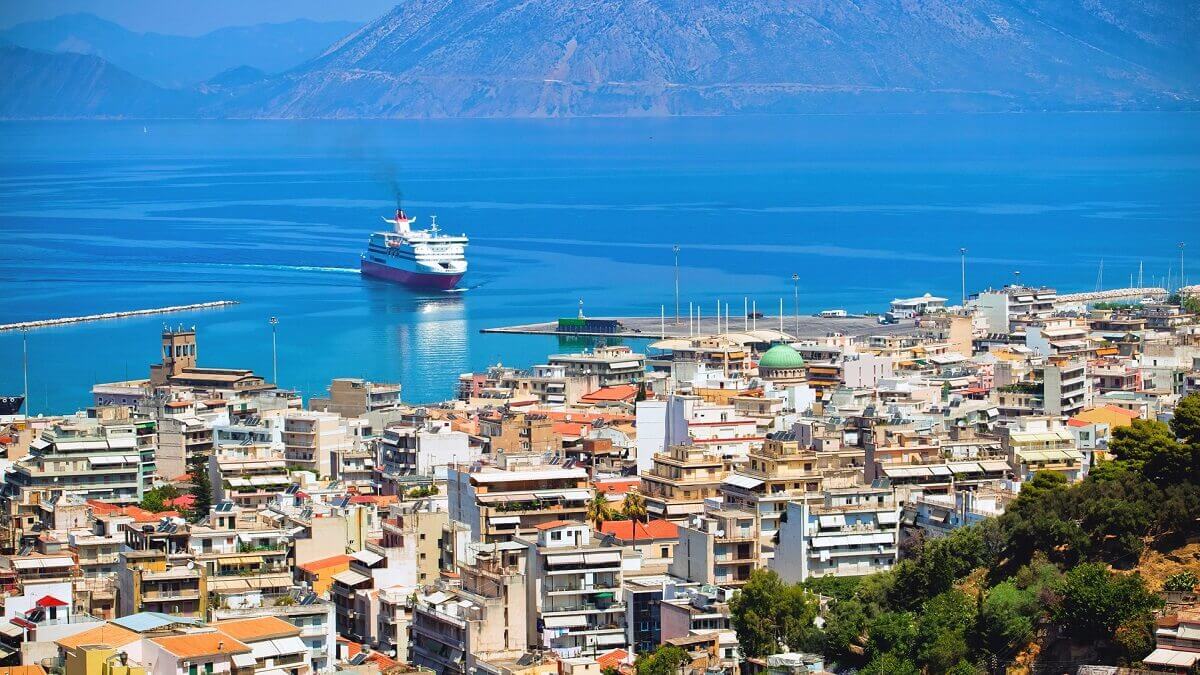
The first inhabitants settled in this city in about 3,500 BC. Archaeological excavations have shown that Patra was inhabited in Helladic period. Like many other Greek cities, it was occupied by the Turks and set on fire by Muslim Albanians in 1779. In the 6th century, after the earthquake, the beautiful castle was built on the mountain Panahaiko. Many tourists visit the castle and the town remained divided to this day into Upper and Lower area. Today Patra is a modern city on the western coast of Greece.
Chania, Crete

The first inhabitants settled in this city in 4,000 BC. Remains of the ancient city of Kydonia on the hill Kasteli were discovered above the harbor in Chania. It is assumed that the ruins date from the Minoan period (2100-1100 BC), and this area appears to have been inhabited since the Neolithic era. Homer wrote that Chania was one of the major cities, and numeroes frescoes, pottery and coins were found at this site and are now publicly exhibited. It is believed that the Kidon was destroyed by Saracens around 828 AD, and that the Venetians later built a village that has become modern Chania. The city is today one of the most attractive tourist destinations on Crete.
Plovdiv, Bulgaria

The first inhabitants settled in this city in 4,000 BC. The remains of a Neolithic village in Plovdiv suggest that the city is about 6,000 years old and it was firstly managed by Thracians, former Macedonian Greeks and then Romans. The ruins from this period such as the Roman Theatre and the ancient stadium from the 2nd century which can accommodate 30,000 spectators, are located in the center of the town. In the 14th century, the city fell under the rule of the Ottoman Empire, and was liberated in 1878 after the Battle of Philippopolis.
Athens, Greece
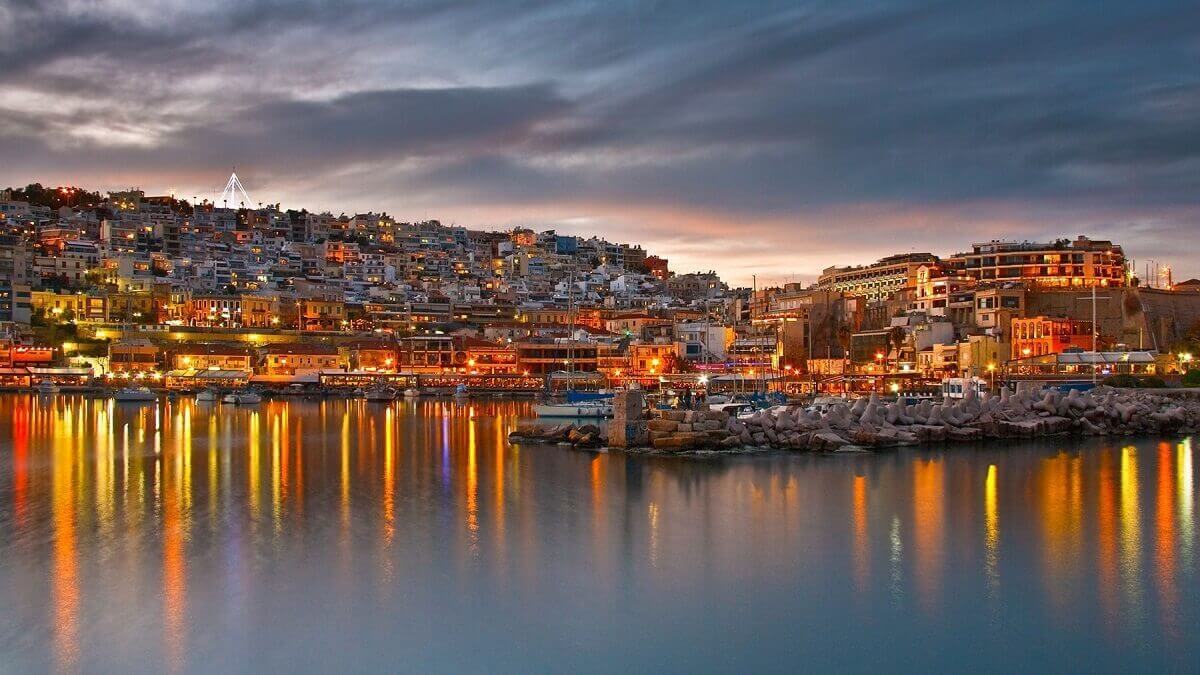
The first inhabitants settled in this city in 5,000 BC. Acropolis was inhabited at least seven millennia, a legend says that Athena and Poseidon competed about after which one of them the city should be named. The deal was that the winner would be the one who should donate the most precious gift to the castle. Poseidon’s trident struck a rock and salt water started to flow from it, and Athens placed a tree under water and made an olive tree spring. Because she had given the city a gift which was more important to the people, the city was named after Athens. Athens, as the birthplace of democracy, was so respected as a city that it was never destroyed, although it was conquered, nor were its people enslaved. The Athenians defeated the Persians in the Battle of Marathon in 490 BC, after which came the “golden age” of the city, under the rule of Perikle. In Athens lived Socrates, Hippocrates, Sophocles, Aristotle and Plato.
Argos, Greece
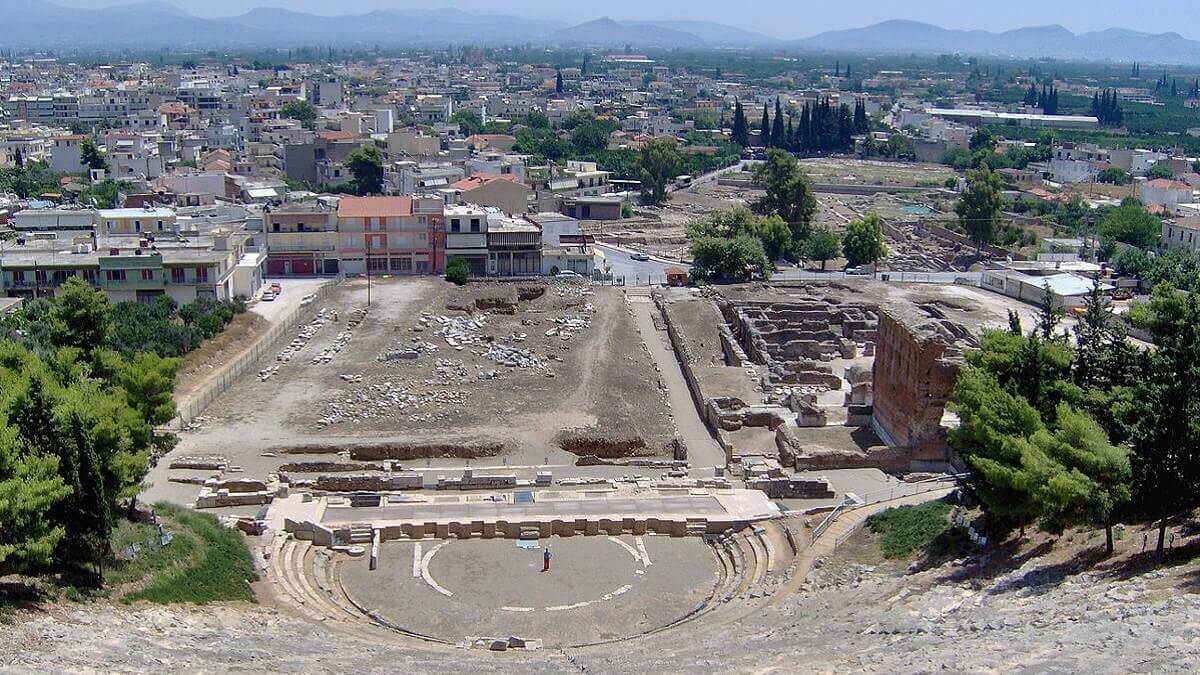
The first inhabitants settled in this city in 5,000 BC. Argos is a city in Peloponnese, which was an important center during the Mycenaean period (1600-1100 BC), and became prominent during the tyranny of King Fidoni in the 7th century BC. Mythology says that it was named after the son of Zeus and Niobe, and in the Iliad Homer describes Argos as a renowned center for horse breeding. Hera, goddess of marriage, was highly respected here, and the citizens erected a temple in her honor and held annual festivals. In Argos you can visit Mycenaean tombs, the shrine of the goddess Aphrodite and the theater which can accommodate up to 20,000 tourists who come from around the world to visit Argos.

